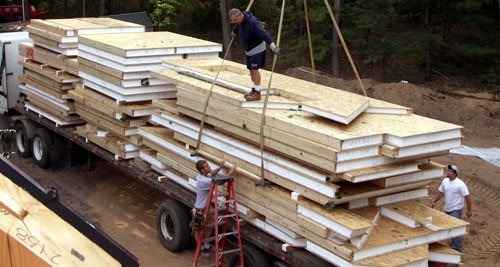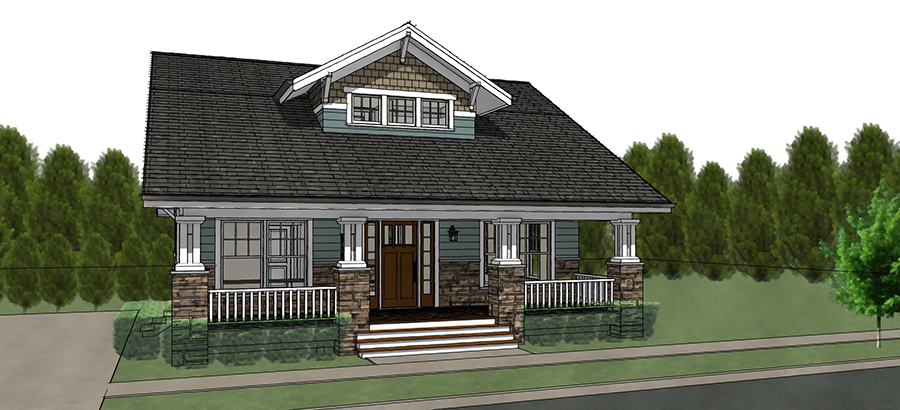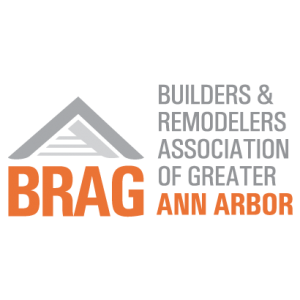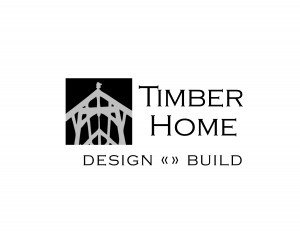Does a System Built, Pre-Fabricated, Kit Home Improve Quality? Part 4
By Stewart Elliott, Co-Founder Right Home Company
Continuing the SIP conversation; we will use their engineering and manufacturing process as an example of a technically advanced building SYSTEM and how a process is managed. And ultimately, how this improves quality.
All pre-fabricated systems require a ‘lead time’ to schedule the work, complete engineering and shop drawings and get approvals from the owners. Most system suppliers have the materials in stock and do not need to ‘order’ the materials for a specific project. The manufacturing process is very predictable and can usually be scheduled to meet the onsite construction schedule resulting in a more efficient building program.
While the SIP manufacturing process varies among the suppliers and types of foam, generally it is straightforward. Panels are initially laminated as a large 8’ x 24’ blank in the specified thickness. The AutoCAD building design is transferred to a CNC machine in the factory, 2.) the machine cuts the panels into the right size and shape including door and window openings according to the design, 3.) there are many miscellaneous fabrication details that are provided to prepare the panels for better and complete installations.

Finally, they are loaded on trucks and shipped to the job site for final assembly into your home’s shell. Unlike Modular or manufactured housing, these materials are well within the commercial highway shipping guidelines; there are no unique shipping permits or equipment requirements.
Generally, manufacturing the wall and roof panels for an 1,800 sf classic Bungalow design home can be laminated, pre-cut, and loaded on flatbed semi-trucks in 3 – 4 days not counting lead time for shop drawings, engineering, and approvals; the total time from ‘order’ to delivery may be 4 to 8 weeks. Usually, this is the time from building permits, start of construction to backfilled basement with 1st floor framing completed. The installation for all roof and wall panels might take a similar crew 4 – 5 days. We have to remember that conventional floor systems may be constructed at the same time. This is about 30% less labor and substantially less waste than a site framed conventional shell of similar size and shape. More on this later.

Be sure to ask the supplier what is included as they have defined their ‘package’ to meet their specific market. Also, ask if they are ‘approved.’ The ICC evaluation report (approval) confirms that the manufactured product COMPLIES with the IBC and IRC rules for Structure and Fire resistance. Their listings are in the most recent Code manuals or check with SIPA, https://www.sips.org/. In order to be in good standing with the ICC evaluations, the manufacturers must also pass quality control process inspections by a recognized 3rd party.
We discussed the structural advantages of SCL (Structural Composite Lumber) materials previously. While SIPs are not one of these, they are closely related as they are a pre-assembly using very consistently manufactured and regulated materials; e.g. OSB (is an SCL), rigid foam and adhesives. As a result, they are more accurately engineered. Most SIPs perform like an ‘I’ beam which is inherently stronger than sawn lumber.
This results in this technically advanced system supplied product doing more with less. This and more are major advancements in building standards and thus, improved quality.
This is yet another example of how prefabrication improves quality and saves money.


















